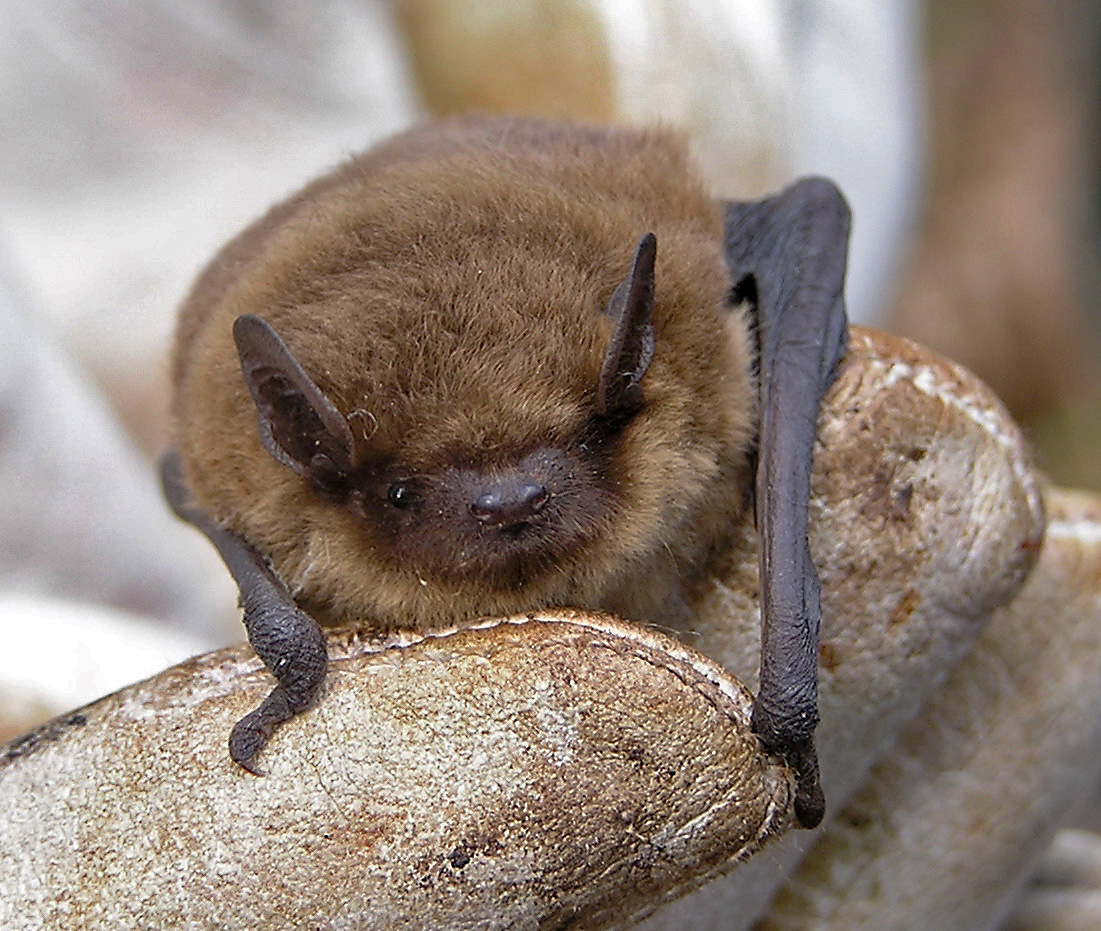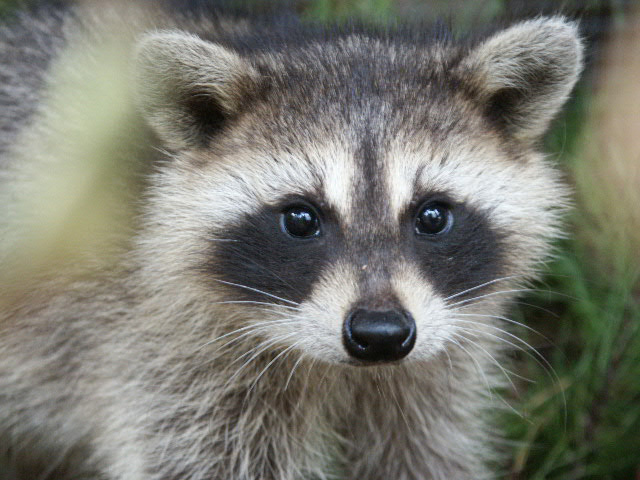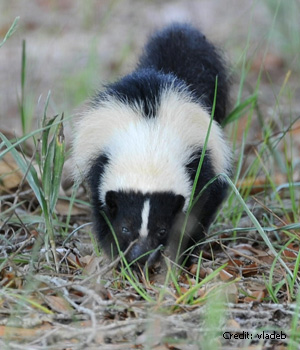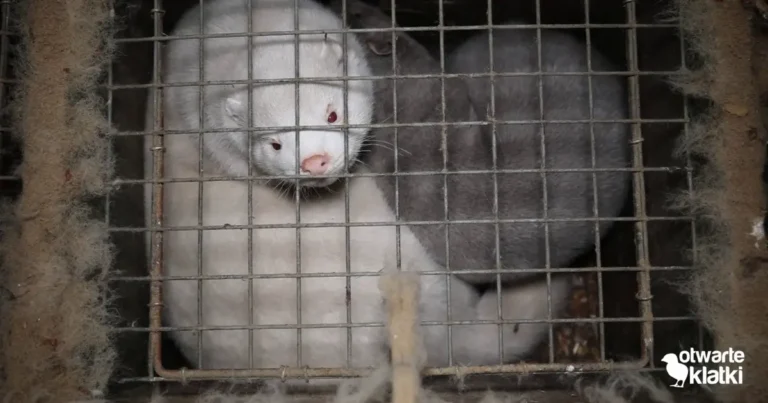
Wildlife removal companies are not government licensed. Without any form of regulation governing the needed requirements to start a wildlife control business, homeowners are being exposed to fear mongering, incompetent advice, poor workmanship, health & safety issues and inhumane treatment of wildlife.
The following guide has been prepared by Gates’ Wildlife Control to assist the homeowner in choosing an ethical and humane wildlife control company.
1. Request a referral
Contact your local animal welfare (Humane Society, SPCA etc.) or animal care and control agency to obtain a referral for a humane wildlife removal company. These organizations should also be able to give information on the few legal stipulations governing wildlife removal in your province.
2. Knowledge of wildlife
Ask the wildlife removal operator to describe the lifecycle of the animal causing the problem.
An experienced operator will have an in-depth knowledge of the intruding animal’s biology and behavior at that particular time of year.

3. Years in business
Make sure the company has been in business for more than five years. This inquiry is not to be confused with how many years in the Pest control business, since controlling insects is very different from controlling wildlife.
4. Insurance Coverage
Be very sure that the company has at least a two million dollar business liability insurance policy and the employees are covered by the Workers Safety Insurance Board. Verifying this will protect you from any personal liability claim.
5. Company Size
Only companies with sufficient staff and resources will be able to safeguard the lives of animals and meet customer expectations. Humane wildlife control is labour intensive as it requires frequent follow-ups of the work in progress. Small sized operations often take on too much new work in the spring, finding it difficult to effectively follow-up on their work in progress.

Verify if the company is aware of the fact that dependent offspring could be present the period from March to October. Raccoons give birth once a year(March to May) and spend nine months training their young to survive on their own. Squirrels give birth twice a year (March/April and August/September) and spend three months with their young.
7. Don’t hire trapping companies
Contrary to popular belief cage traps are not necessarily more humane than kill traps. Wildlife can sustain serious self-injury as they attempt to escape the confines of the trap. Trapping companies often relocate wildlife outside the Ministry of Natural Resources Fish and Wildlife Conservation Act Regulations. Also, trapping and relocation of adult animals (especially during the spring and summer) will in many instances separate mothers from babies, and will result in the death of dependent offspring.

8. Inspection of Attic
Verify that the company intends to investigate the attic. A systematic attic inspection is vital to determine the intruding species, the presence of offspring and to explain to the customer the extent of the damage caused by the wildlife.
9. Passive Removal Techniques
More companies are using one-way-doors to permit the free exiting of the resident wildlife from the building while preventing re-entry. While this method appears to be a simple and effective means of solving wildlife intrusions, it can prove to be as inhumane as trapping and relocation. Inquire as to the design of the device (non-spiked), that a search for offspring will be undertaken and that the entire process will be frequently monitored.
Failing to do so may result in the inhumane treatment of the animals.
10. On-site Release Methods
Leaving animals on-site in their familiar territory allows uninterrupted access to known food and secondary shelter resources. This also allows for close monitoring of the adult female, especially during the birthing season, as her distraught behavior will indicate if babies have been overlooked during the removal process. If offspring are present, they should be placed in a weather protected, heated release box, allowing the mother to return and relocate her young to a predetermined alternative den site.
11. On-site Estimate
Will the company arrive on location and provide a no charge written estimate, outlining the work required to solve the problem. Furthermore, does the company discuss the option to animal proof other potential wildlife entry areas.
12. Provide Guarantee
Will the operator outline in writing the specifics of the guarantee. Usually a one year guarantee on the serviced area will suffice. Guarantees are only as good as the companies that offer them. If they go out of business, the guarantee means nothing.
13. First Impression of Company
Professional wildlife operators will invest in staff training, equipment and well marked service vehicles. An established company will promote its public image through uniformed staff, brochures, business cards and invoices with the name of company, business address and phone number.

